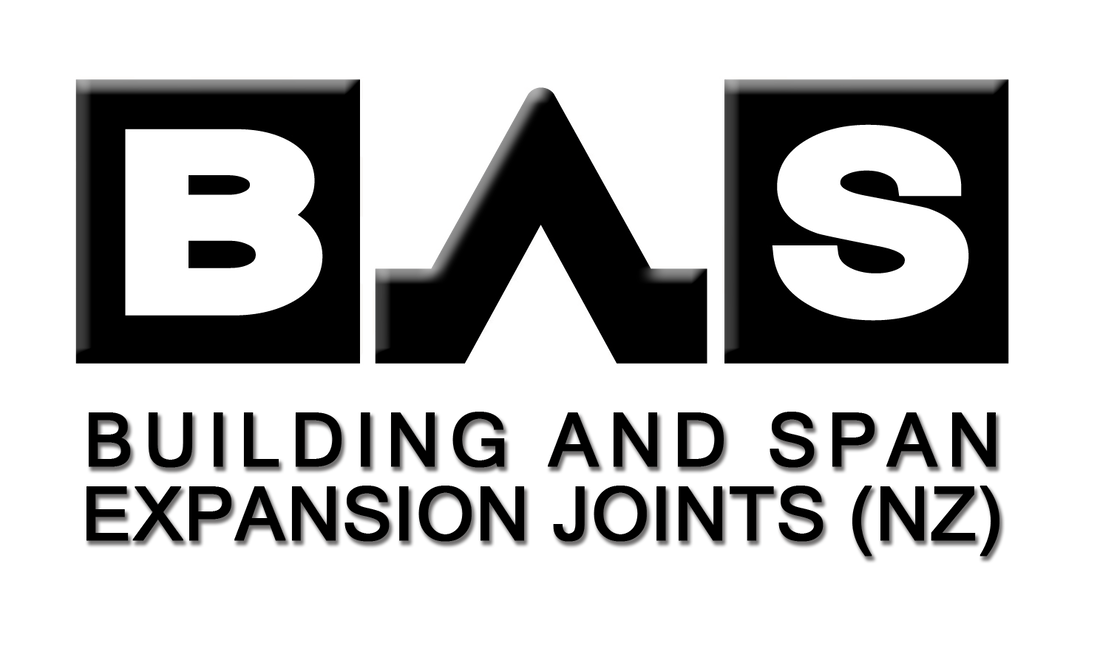What should you consider when specifying?
An expansion joint is an important part of the building design. Expansion joints allow buildings to expand and contract without undue stress. The combination of the materials used, the building design, material compatibility and the use of the building influence the appropriate expansion joint.
For a start the specifier must consider factors such as:
Types of dynamic movement
Practical matters that the designer must consider include:
Complete the form below to assist with identifying the correct expansion joint for your project
For a start the specifier must consider factors such as:
- Exposure to the weather and environment (deterioration)
- Subject to volume change (dynamic movement)
- Exposed to vehicular traffic (live and impact loads)
- Required to address Disabled Access guidelines (safety)
- Subject to seismic considerations (wide openings)
- Required to address regional/location needs (ie: snow removal, gravel roads adjacent etc)
- Must the joint act as a fire barrier?
Types of dynamic movement
- Magnitude of movement, (ie: +/- 50%)
- Vehicular speed (carpark vs highway speed)
- Frequency and Volume
- Vehicular loads
- Delivery Vehicles
- Ramps, turning aisles
- external Impact loads
- Disabled Access and Parking areas
- Vibration / Vertical Displacement
Practical matters that the designer must consider include:
- Availability of product supply and technical assistance
- Ensuring the water draining away from the expansion joint
- Run the joint in straight lines where possible. This maximizes the use of continuous membrane in the joint
- Consider if cars, wheel chairs or pedestrians will be moving over the joint. If possible, have vehicles drive across the joint rather than along it.
- Ensure the joint has enough movement capacity to accommodate all the anticipated movements in the building
- Consider what future uses the building may have - will the joint have to function in an alternative way.
Complete the form below to assist with identifying the correct expansion joint for your project
| expansion_joint_checksheet.pdf | |
| File Size: | 115 kb |
| File Type: | |
Each expansion joint job is unique so please contact us on 0800 SPAN-IT for a system demonstration

